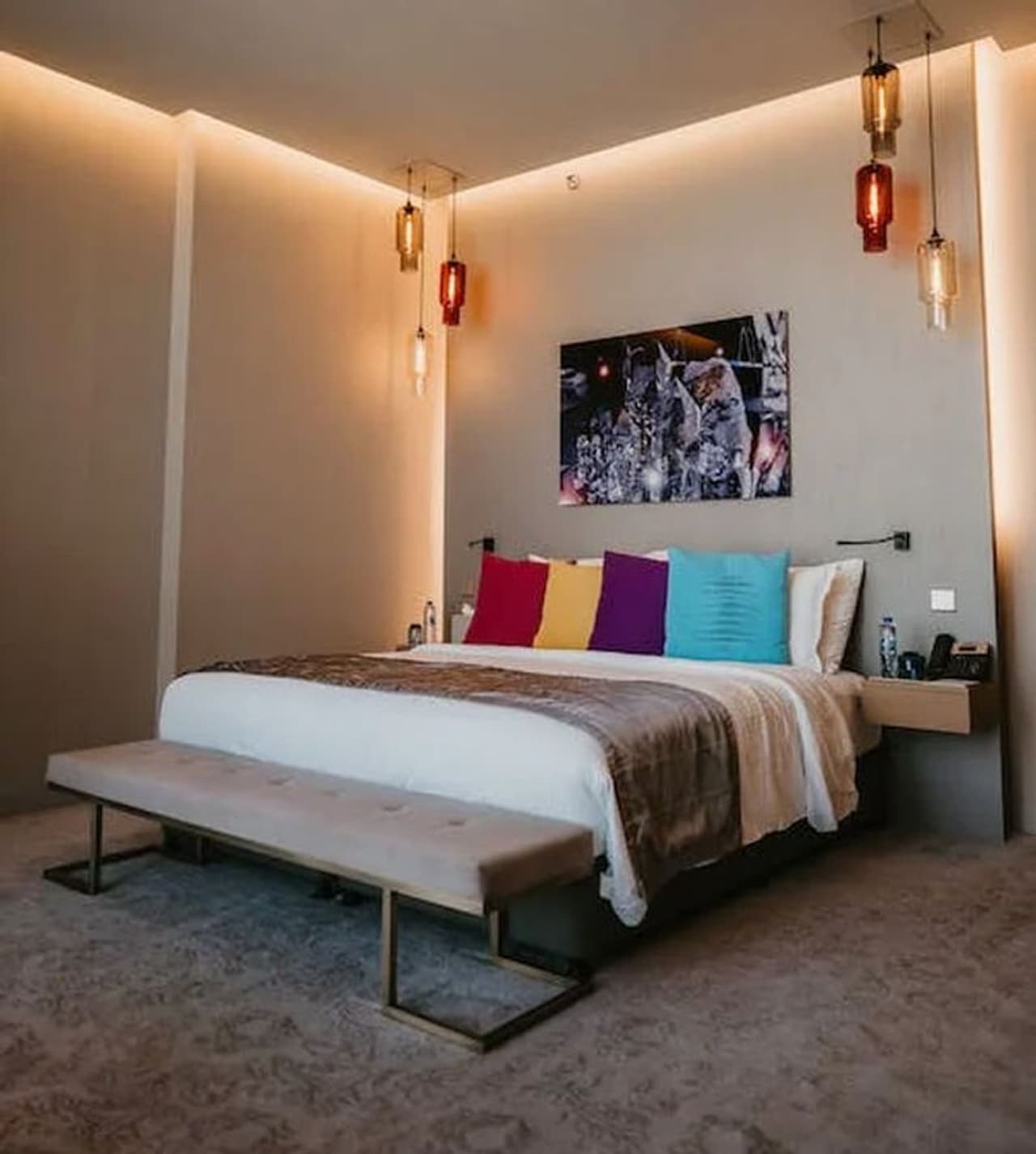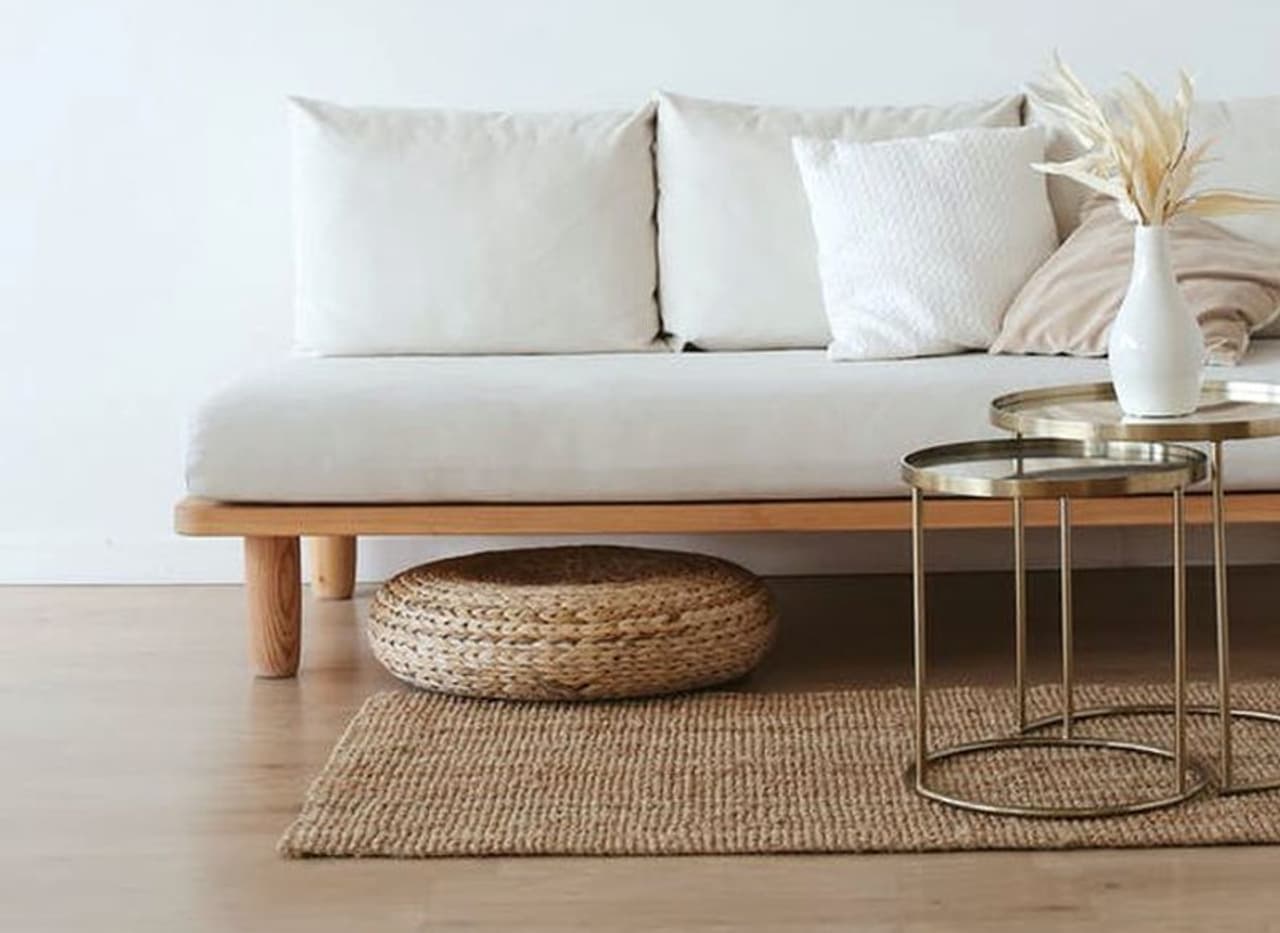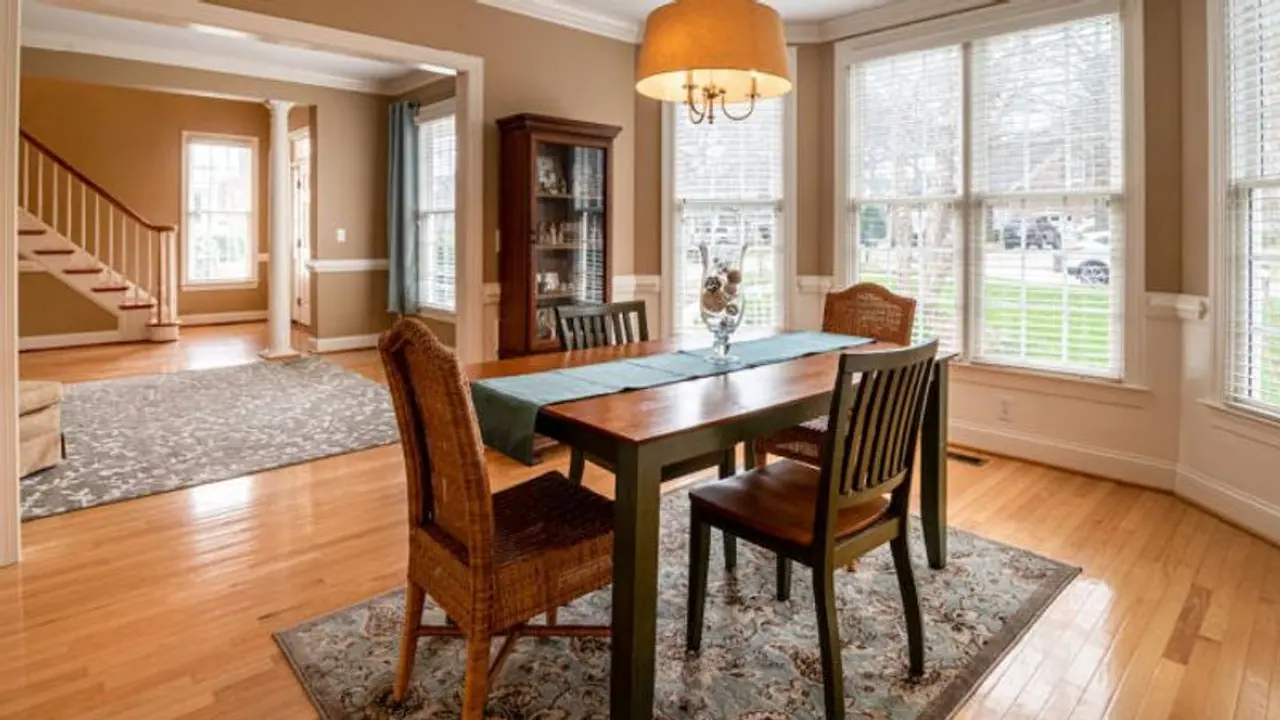Vandana Gujrati lists sustainable materials that can be incorporated to create beautiful, high-end spaces that are both stylish and environmentally responsible.
The use of sustainable materials in interior design is no longer seen as a trend but as a necessary step towards a more sustainable future. It has become increasingly important as it reduces the carbon emissions associated with the production and transportation of building materials, reducing the overall carbon footprint of a building.

Secondly, it helps to preserve natural resources by reducing the demand for virgin materials, and by encouraging the use of recycled and reclaimed materials. Sustainable materials can have a positive impact on local communities by creating jobs, supporting local economies, and preserving traditional crafts and techniques.
However, it is also important to consider the potential negative impacts that the use of stone or bamboo, may have on the environment and local communities. It is important to carefully evaluate the entire lifecycle of material, from extraction to disposal, in order to understand its true impact on sustainability.

By incorporating the list of sustainable materials into interior design projects, designers/ users can create beautiful, high-end spaces that are both stylish and environmentally responsible:
1. Bamboo is a fast-growing, renewable resource that is often used as a sustainable alternative to traditional hardwoods. Bamboo is a versatile material that can be used for
flooring, walls, and surfaces. It is often considered to be more environmentally friendly than traditional hardwoods due to its ability to grow quickly and reach maturity in just a few years.
2. Cork is a natural, renewable material that is harvested from the bark of cork oak trees. It is a versatile material that can be used for flooring, walls, and surfaces, and is known for its durability and resilience. Additionally, cork is an excellent insulator, helping to reduce energy usage in buildings.
3. Linen is a natural, plant-based material that is known for its durability and versatility. Linen is often used for upholstery and soft furnishings and is a popular choice among those looking for a sustainable alternative to synthetic materials.
4. Recycled glass is an eco-friendly material that is produced from recycled waste glass. It can be used for flooring, walls, and surfaces, and is available in a range of colours and finishes.

5. Recycled plastic is a multifaceted material that can be used for flooring, walls, and surfaces. It is made from recycled waste materials, reducing the demand for virgin materials and helping to reduce waste in the environment.
6. Reclaimed or recycled wood is a sustainable alternative to traditional hardwoods. This material is made from wood that has been salvaged from old buildings and structures, giving it a unique character and charm. It can be used for flooring, walls, and surfaces, and is a popular choice for interior designers who are looking for a natural, eco-friendly material.
7. Recycled steel is a sustainable alternative to traditional steel, and is produced from recycled waste materials. It is a strong, durable material that can be used for a range of
construction and interior design applications.
